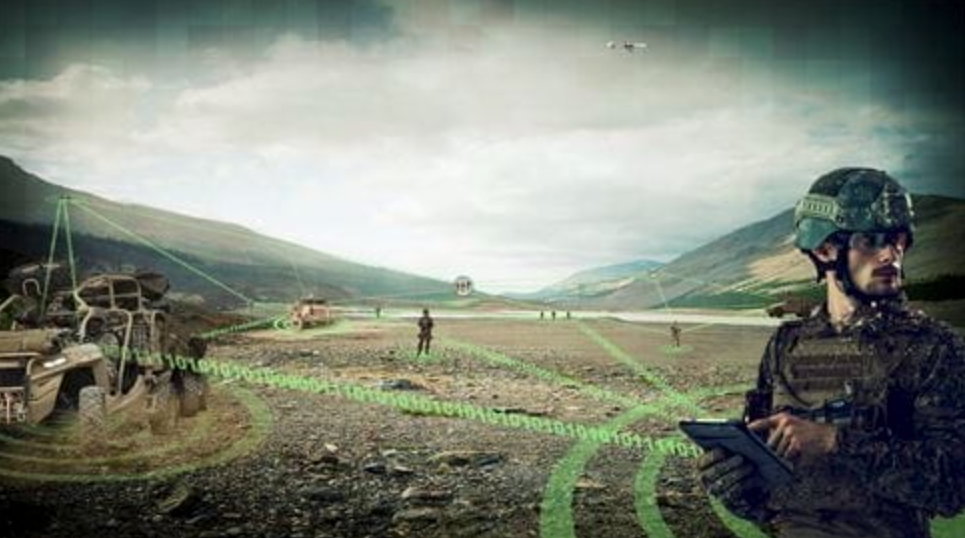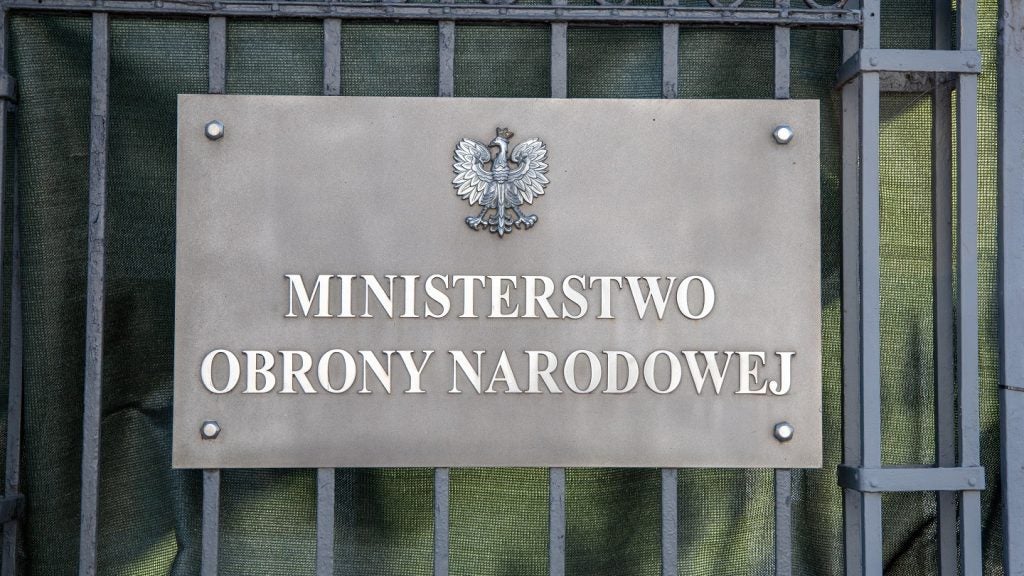Rapid data transfer is crucial to modern warfare, for example, in the meshed networks of communications between sensor units at the battlefield edge and deep strike effectors, where the heightened tempo of target acquisition and elimination has allowed British Army Future Soldier concepts like the 1st Deep Recce Strike Brigade Combat Team to outperform much larger forces at the recent Warfighter 23-4 Exercise.
However, in too many cases ground soldiers are limited to “single-digit megabit per second individual data sharing” according to Dr Daniel Massey, programme lead for the FutureG & 5G Office's Operate Through team.
The OXYGEN 5G capability
Massey’s team operate under the US Office of the Undersecretary of Defense for Research and Engineering, and they are developing a capability with Raytheon (RTX) to allow a much higher rate of data transfer, enabling transmission at 100 Mbps, by creating multi-hop mobile ad hoc networks (MANETs) that will send battlefield communications over the commercial 5G networks that are already active in the theatre.
"Our warfighters use existing infrastructure like roads and bridges when they're forward deployed now," said Massey. "Why shouldn't we use existing communications infrastructure as well?”
Massey describes the capability as being able to provide ground soldiers with "100 times more throughput" enabling them to share high resolution video and imagery.
The Opportunistic eXtemporarY 5G Encrypted Network (OXYGEN) capability will allow forward deployed service members to use their 5G equipment to communicate without the need for additional complex 5G infrastructure. RTX announced on 24 August it has signed a contract with a potential value of $6.6m over two years, for its BBN division to integrate a minimum of 20 kinds of user equipment with 5G sidekick technology. The Raytheon BBN-led team includes Kryptowire LLC, Novowi LLC and Curated Networks, Inc.
Cybersecurity concern
To enable multicast traffic rather than simply peer-to-peer communication, piggybacking sensitive data across commercial infrastructure, there is a necessity to adopt extra layers of security and mesh networking on top of relay lines.
"OXYGEN will enhance commercial cellular equipment to ensure a fully trusted and secure tactical MANET capability," said Chris Vander Valk, research engineer at RTX's BBN. "We're using techniques like cryptographic scrambling, encryption of control and data traffic and secure memory compartmentalization to achieve this."
According to GlobalData’s '5G in Defense' report, because 5G covers a greater variety of vital applications and is based on a cloud architecture, it increases reliance on third-party providers, it introduces more cybersecurity concerns. A single physical server, for example, may host several separate tenants' virtual resources, while a single tenant's virtual resource may be distributed across multiple physical servers. Data leaks, residue, and attacks are dangers of multi-tenancy resource sharing and violating physical boundaries.
The report goes on to say active 5G development will necessitate an enhanced regulatory framework for sharing mobile infrastructure. These improvements are already taking place, but they require a regulatory environment that provides predictable conditions and clear assessment criteria for compliance with competition regulations and certain types of obligations, such as coverage obligations.












